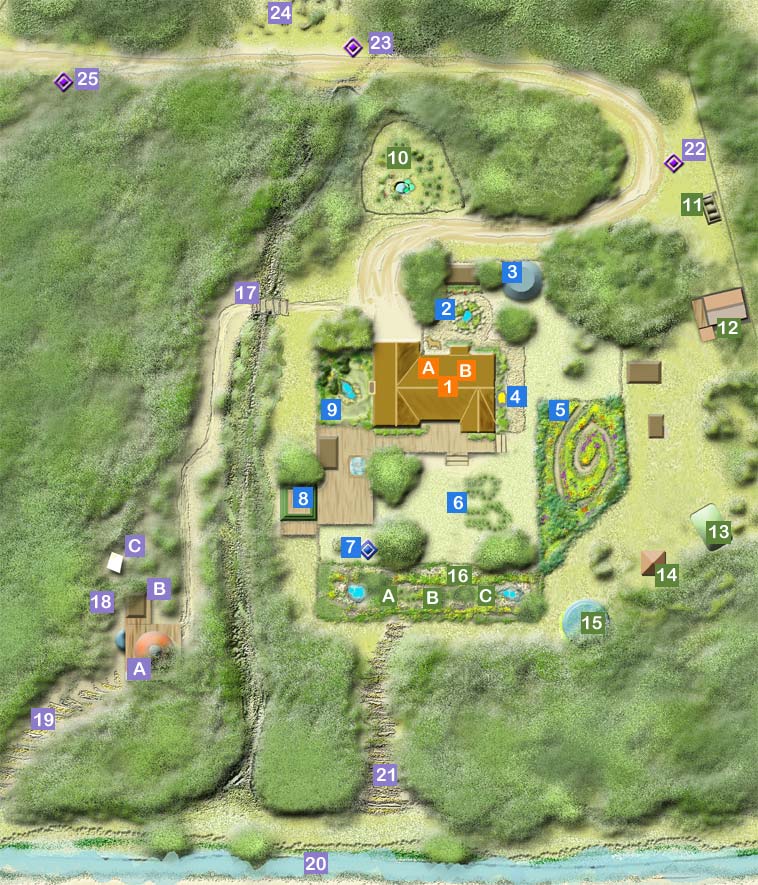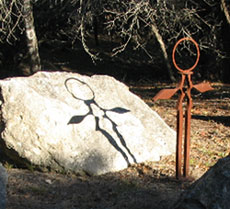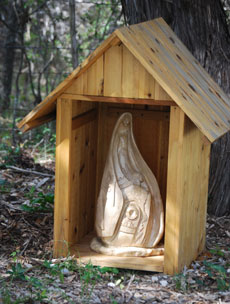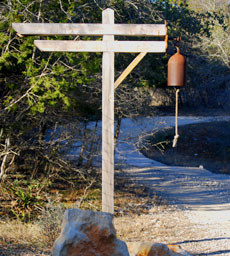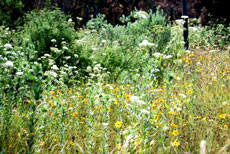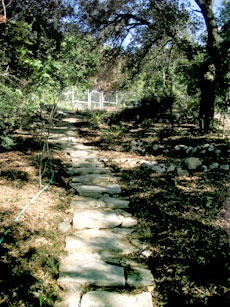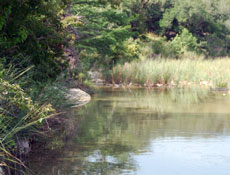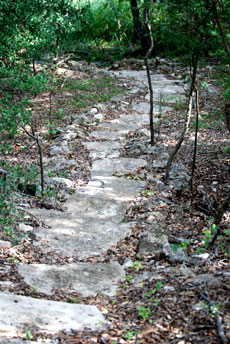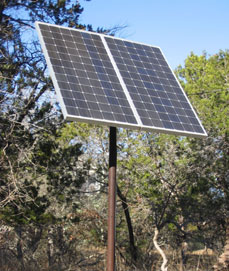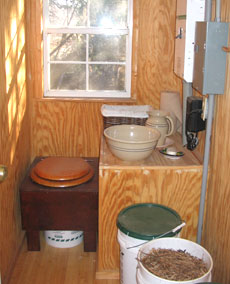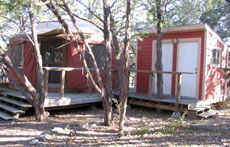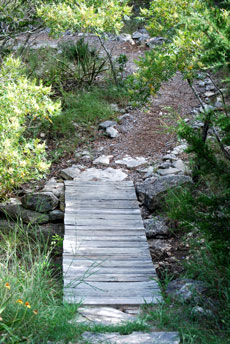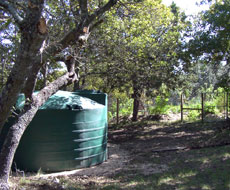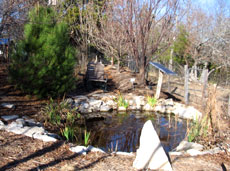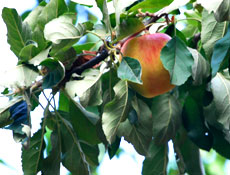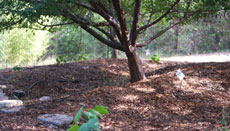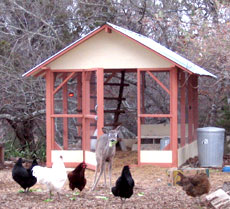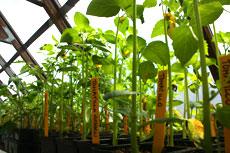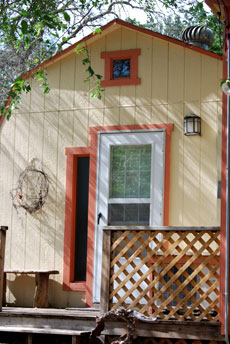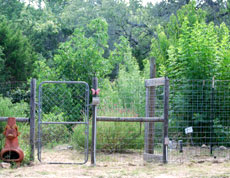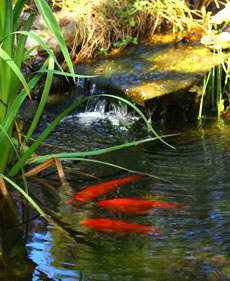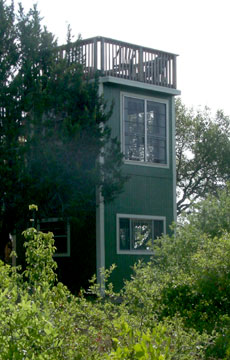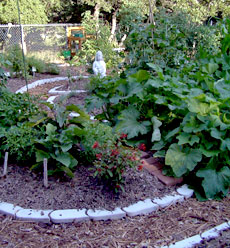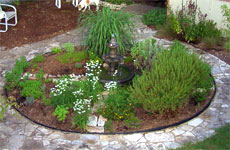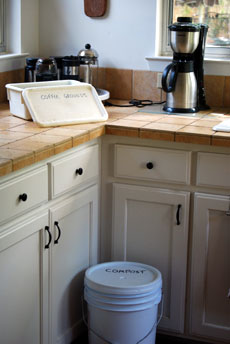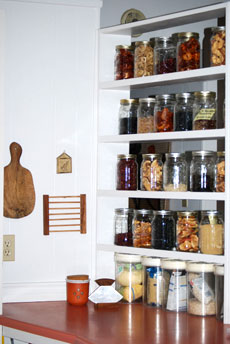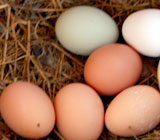
Interactive Tour
Take your own self-guided tour of Santuario Sisterfarm using the map below. Place your mouse over any numbered area and a window will pop up with information about that particular feature on our seven-acre site. (Download a pdf of the information contained in all of the sites.)
The map is organized according to color-coded Permaculture zones, with “0” being the area closest to the center of daily activities (i.e., the house). In Permaculture design, things are placed according to usage patterns, so kitchen herb and vegetable gardens accessed several times daily would be placed in Zone 1. The compost bins and orchard are visited a little less frequently, so they are located a bit further away, in Zone 2. Features requiring less attention fall into Zone 3.
![]() We invite you to follow the zones—or wander around as you wish!
We invite you to follow the zones—or wander around as you wish!
ZONE 0
1 House
--A Kitchen/Dining Area
--B Recycling
ZONE 1
2 Gaia Garden
3 Water Tank
4 Worm Bins
5 Spiral Garden
6 Afreem
Garden of Peace
7 Shrine to Our Lady of Guadalupe
8 Torre de Tonantzin
9 Garden of Ruth
ZONE 2
10 Mariposa Garden
11 Kwan Yin's Bin
12 Sor Juana Cabin
13 Greenhouse
14 Chicken Coop
15 Rain Catchment Tank 16 Turtle Island
--A Berms and Swales
--B Orchard
--C Graywater
ZONE 3
17 Maiden - Mother - Crone Pathway
18 Casa Lupe
--A Casa Lupe Yurt
--B Composting Toilet
--C Solar Panels
19 Seven Sisters Pathway
20 Joshua Creek
21 Lawton Pathway
22 Mother and Child
23 Bell
24 Sally Patch
25 Guardian Angel
